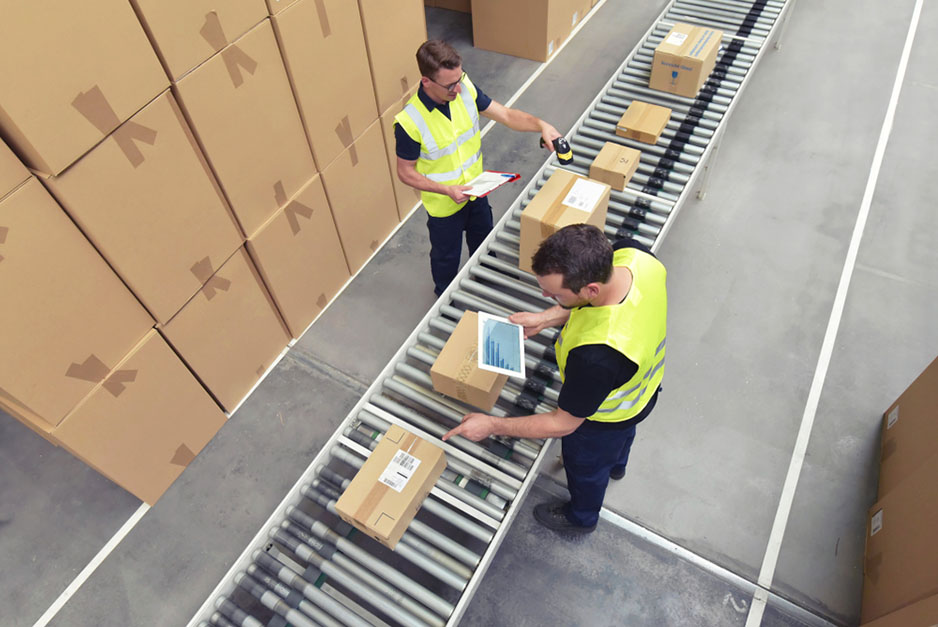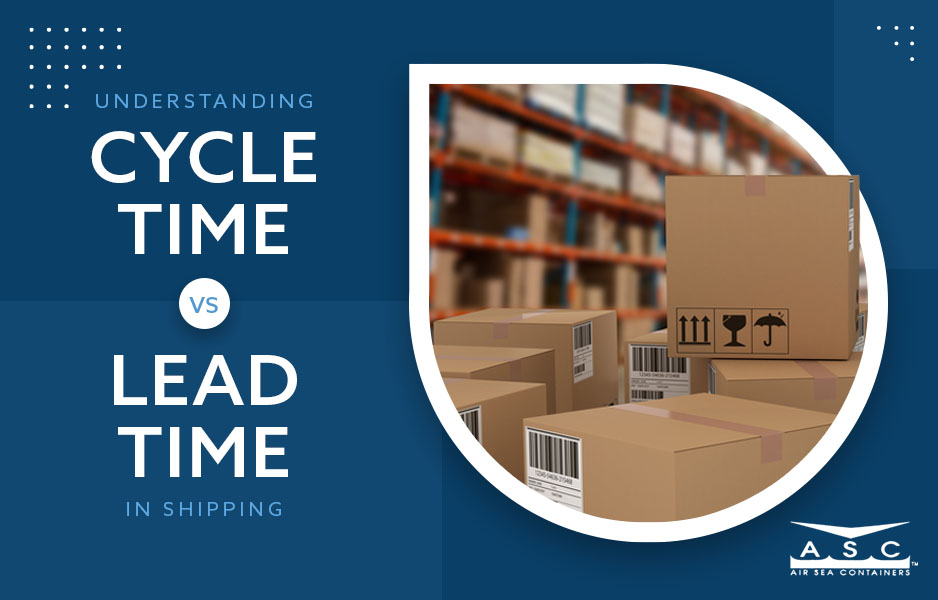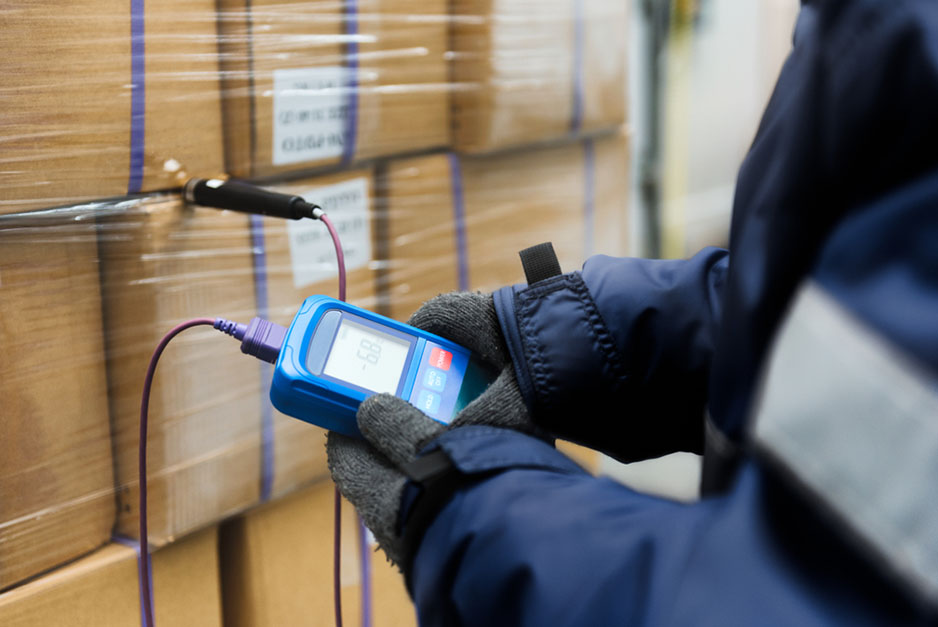Source: industryviews/Shutterstock.com
Summary:
- Warehouse overflow due to overordering, product returns, and backlogged products can adversely impact productivity.
- Poor inventory control, a lack of overflow space, irregular inventory tracking, and inconsistent stock updates can cause warehouse overflow.
- Outsourcing your order fulfillment and warehousing to a third-party logistics company can help you manage inventory fluctuations.
- Optimizing your warehouse layout and refining your storage and retrieval processes can help you create designated spaces for excess stock and allow you to implement an integrated inventory tracking system.
When products are returned, over-ordered, or backlogged due to supply chain disruptions, those goods need to go somewhere. Often, they are sent back to the original warehouse facility for processing. However, warehouses may struggle to efficiently manage excess inventory due to a lack of storage and organization, causing warehouse overflow. This can lead to a significant drop in productivity and affect your bottom line.
Warehouse overflow doesn’t need to be an ongoing problem for your company. Common warehouse overflow problems have simple solutions to help you manage inventory fluctuations.
For Safer Storage, Find Plastic Drums for Sale at Air Sea ContainersCommon Warehouse Overflow Problems
Several issues frequently cause warehouse overflow, including:
Poor inventory control
Inventory control requires managing your goods to maximize profits and minimize inventory spending. It is a delicate balance between purchasing enough stock to meet customer demand while optimizing your storage space. Poor inventory control can lead to picking and materials handling bottlenecks, frequent reorders, and a lack of stock availability.
Inadequate overflow locations
Crowded or unorganized warehouse aisles can reduce order fulfillment speeds and create a hazardous work environment. Without designated locations for inventory overflow, employees won’t be able to track or locate goods.
Irregular tracking
Tracking the location of incoming and outgoing inventory is a crucial component of inventory control and warehouse management. If employees consistently fail to scan incoming stock or returned items, you will lose track of overflow goods. You may end up storing more inventory than your facility can safely hold.
Inconsistent inventory updates
Most warehouse management systems periodically update stock levels of pre-ordered, back-ordered, and out-of-stock items. This ensures you always have stock on your shelves to fulfill orders. However, infrequent batch updates mean you don’t have real-time data to inform your ordering and purchasing decisions, leading to warehouse overflow.
Warehouse Overflow Management Solutions
Managing warehouse overflow can improve your facility’s productivity, and there are numerous simple ways to streamline your inventory management to prevent overflow, such as:
Outsourcing
You can outsource storage and order fulfillment to a third-party logistics (3PL) company to streamline your warehouse operation. 3PL companies offer various services — from warehousing to transporting goods.
If you notice seasonal fluctuations in inventory or have a stock backlog cluttering your warehouse, a 3PL can provide temporary or permanent warehouse space to manage your overflow.

Source: Halfpoint/Shutterstock.com
Optimize your warehouse layout
Designating a space in your warehouse for overflow is crucial to maintaining a safe and productive facility. However, for most warehouses, space is at a premium. Optimizing your warehouse layout and storage system can help you set up a functional overflow area to get your excess goods out of the aisles.
When reconfiguring your warehouse layout, create a process map to ensure that you add overflow storage in the areas where it is needed. Allot a space for returned goods and seasonal products close to unloading docks, and leave room in your racking system for excess SKUs. This can prevent stock bottlenecks.
Invest in an inventory tracking system
An integrated inventory management system (IMS) is crucial for accurate tracking. Tracking allows you to monitor the levels of stock, raw materials, and finished goods at each point in the supply chain. This can prevent you from overordering and causing an overflow issue.
You need to track several types of goods to give you an overall picture of your warehouse stock levels, including customer returns, damaged goods, supplier inventory, and the inventory turnover ratio (the number of times stock cycles through your supply chain).
An IMS combines SaaS SKU tracking, accounting spreadsheets, and payment processing data to give you a complete overview of your stock levels. It can also generate forecasts and reports, allowing you to make better purchasing decisions and operate with lean stock levels.
An IMS can also provide you with stock updates in real-time, so lagging updates don’t result in overordering.

Source: wavebreakmedia/Shutterstock.com
Refine the storage and retrieval process
Inefficient storage and retrieval processes can delay order fulfillment, cause picking errors, or damage inventory. One of the biggest reasons for customer returns is receiving incorrect items, followed closely by receiving damaged goods.
Refining your storage and retrieval processes can reduce mishandling and minimize errors, consequently decreasing the number of returned goods. One of the simplest ways to avoid retrieval errors is with the right storage labels. SKU labels on your racking system are easily scannable and can integrate with your inventory tracking system.
Labeling is crucial for facilities that store and distribute hazardous goods. Hazmat labels let you know the correct handling techniques required for picking and packing dangerous goods. Packing hazardous inventory in hazmat boxes or plastic drums can also minimize damage to goods.
Buy High-Quality Hazmat Labels from Air Sea ContainersStreamline Your Warehouse Operation
Managing warehouse overflow is essential for a successful operation. Labeling your storage system, using an inventory management system, and optimizing your warehouse layout to create designated overflow space can be effective ways to prevent or handle unexpected increases in stock levels.
Air Sea Containers can help you create a more organized warehouse with packing materials, labels, and safety equipment. If you are looking for plastic drums for sale or you need custom boxes to store your goods, contact Air Sea Containers today.











